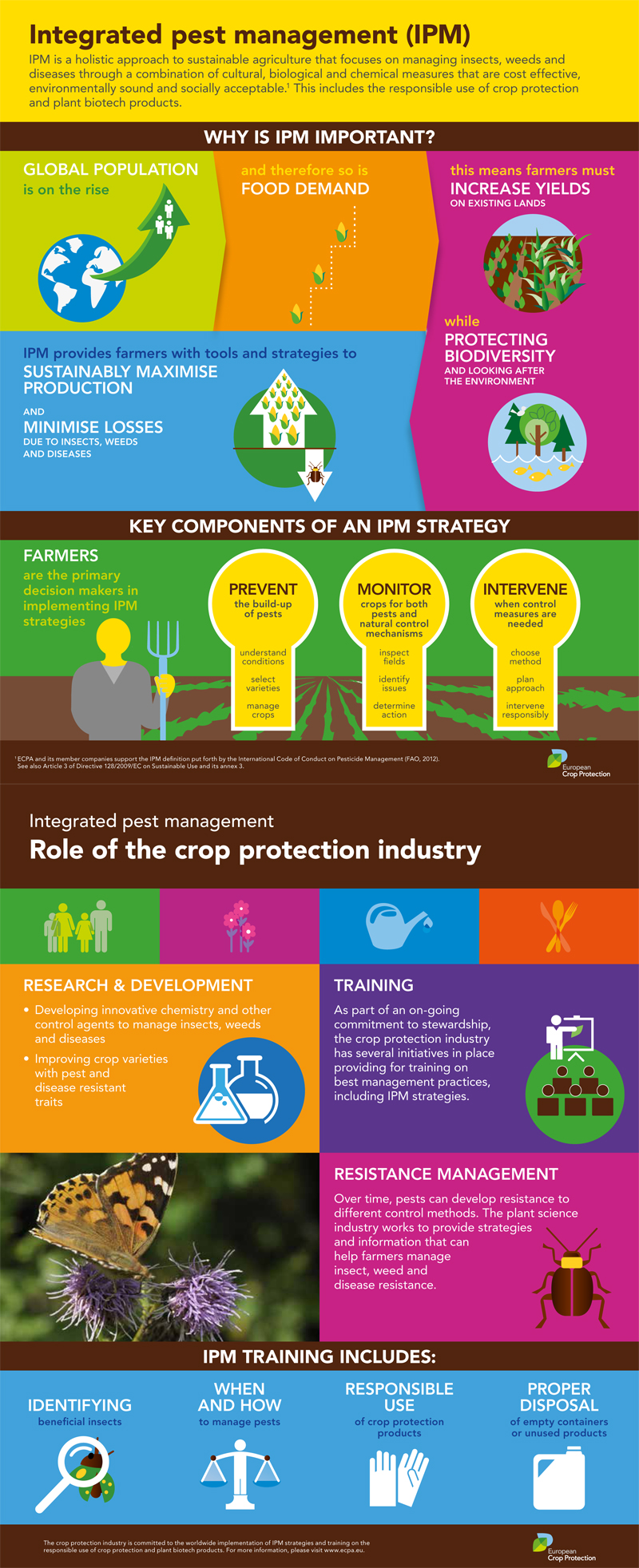Resolving Pest Control Myths: Dividing Truth From Fiction In Home Inspections
Resolving Pest Control Myths: Dividing Truth From Fiction In Home Inspections
Blog Article
Authored By-Shaffer Serup
When it comes to ensuring your home is pest-free, you may have listened to numerous misconceptions about pest evaluations. However did you recognize that some of these generally held beliefs could be leading you astray? By uncovering the fact behind these mistaken beliefs, you can better protect your home and loved ones from prospective problems. Remain tuned to reveal the truth behind these bug control myths and equip yourself with the knowledge required to guard your space efficiently.
DO IT YOURSELF Vs. Specialist Pest Control
When it involves pest control, working with a specialist is usually extra reliable than trying a do it yourself technique. Specialists have the knowledge, experience, and accessibility to specialized devices and products that can effectively remove bugs from your home. They can properly determine the sort of bug infestation you're dealing with and customize a treatment plan to resolve it effectively. By relying upon a specialist pest control service, you can save money and time in the long run by ensuring that the issue is taken care of properly the first time.
Specialist insect control solutions additionally offer the advantage of ongoing upkeep and avoidance plans to keep bugs from returning. These preventative steps can aid guard your home versus future invasions, providing you comfort. Furthermore, professionals are educated to take care of chemicals safely, reducing the danger of direct exposure for you and your household. Overall, the experience and extensive services provided by expert bug control solutions make them a reliable selection for efficient pest management.
Common Misconceptions About Inspection Frequency
One typical misunderstanding regarding assessment frequency is that performing evaluations just when there show up indications of insects suffices. While waiting on visible indicators may seem like an economical approach, bugs can often remain covert up until their numbers have substantially increased, making it tougher and much more costly to eradicate them.
Regular evaluations, even in the absence of evident pest sightings, can aid spot invasions in their onset, preventing substantial damage to your home.
Performance of Precautionary Procedures
To properly take care of bug problems, carrying out preventative procedures is crucial in maintaining a pest-free setting. Below are four crucial steps you can take to keep bugs at bay:
1. ** Seal Entrance Things: ** Conduct an extensive examination of your home to determine and secure any type of fractures or openings where pests can enter. Use honey bee nest removal or weather condition removing to seal spaces around home windows, doors, pipes, and vents.
2. ** Proper Food Storage Space: ** Store food in impermeable containers and ensure that your cupboard and kitchen are clean and free of crumbs. Consistently tidy kitchen counters, tables, and floorings to get rid of food resources that draw in insects.
3. ** Reduce Wetness: ** Insects are brought in to water resources, so take care of any leaky taps, pipes, or home appliances. Usage dehumidifiers in moist areas like basements and attic rooms to lower wetness levels.
4. ** Normal Maintenance: ** Maintain your lawn neat by trimming bushes and trees far from your home. Read Even more and clutter that can give concealing places for bugs. Consistently check and preserve your home to avoid possible parasite access factors.
Final thought
So, next time you believe you can identify all the pests in your house simply by looking around, remember this: pests are masters of disguise!
Do not be deceived by their sly methods - timetable routine inspections to catch them before they ruin your home.
Believe me, you'll thank on your own later when you're not managing a full-blown infestation. Prevention is key, my friend!
